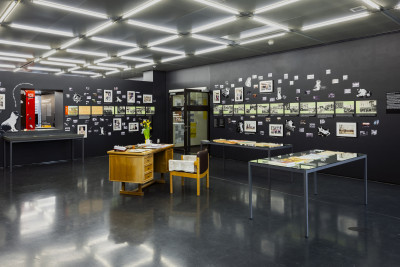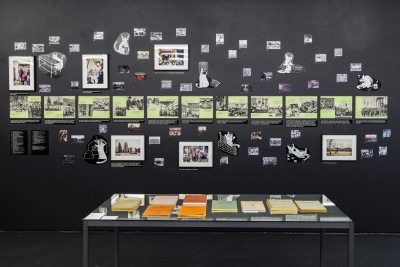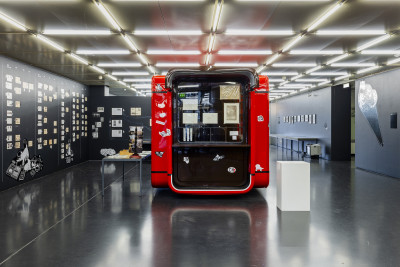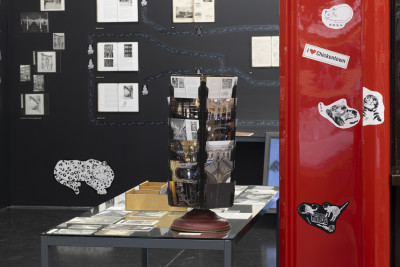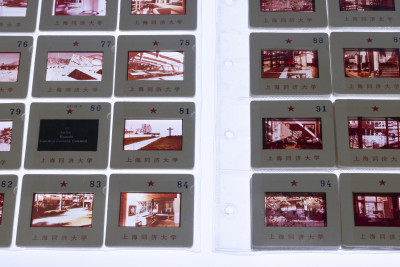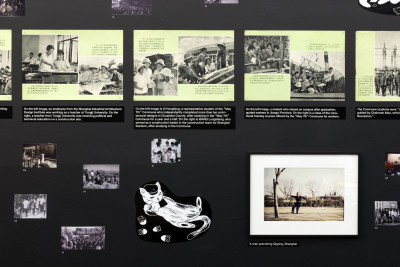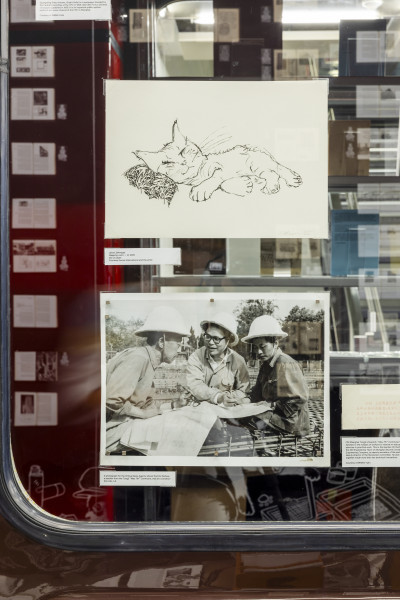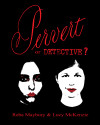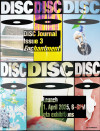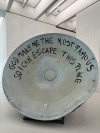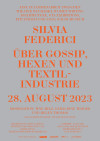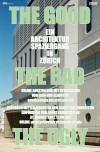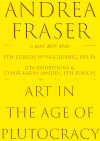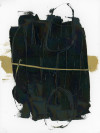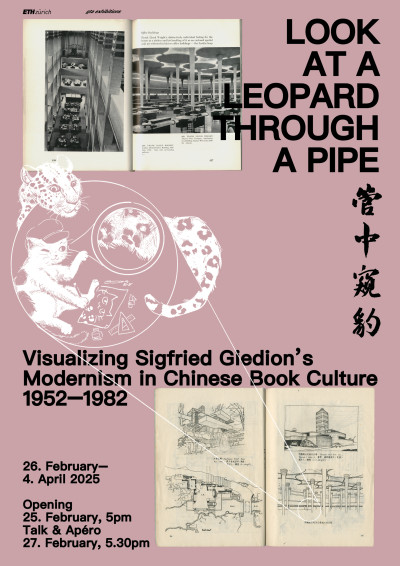
Look at a Leopard Through a Pipe
Visualizing Sigfried Giedion's Modernism in Chinese Book Culture 1952–1982
26 February – 9 May 2025
gta exhibitions, ETH Zurich, Foyer
Opening: 25 February 2025, 5 – 8 pm
With contributions by _ao_ao_ing ensemble, Chickentown, WANG Jie, WANG Yulin, ZHANG Yuanyuan and Urban Zellweger
Curated by WANG Yulin with LU Di, YANG Jun, ZHANG Tian and gta exhibitions; Academic advise by Laurent Stalder, LU Yongyi and QIAN Feng
Special Event
Talk and apéro: 27 February 2025, 5.30 pm
With Matthew Critchley, Almut Grunewald, Andreas Kalpakci, LU Yongyi and Laurent Stalder
Discussion with Daniela Ortiz dos Santos, Reto Geiser, Sebastiaan Loosen and others
Please note: Exhibition closed from 31 March to 3 April due to construction work
“Modern” architecture, introduced in China at the end of the 19th century, gradually replaced traditional construction methods. With the return of Chinese architects educated in Japan, Europe, and the United States from the 1920s onward, architecture and civil engineering became independent disciplines, as a result of which various institutions began offering courses in both Chinese and Western architectural history. In 1952, the new China reorganized Tongji University into an institute devoted to the study of engineering disciplines and established the Department of Architecture with a specialized Teaching and Research Section of Architectural (Theory and) History, which included preliminary courses.
Within this Section, a small team, under the leadership of LUO Xiaowei, was set up to focus on “Occidental” and foreign countries. The team produced a series of textbooks and in-house reference materials, aimed at reconstructing narratives within a Marxist and Maoist framework. The material introduced and criticized not only ancient and classical architectural history, but also modern architecture. From the 1950s to the 1970s, in a political climate shaped by the “Three Revolutions” and even for a period of time in the radical organizational form of the “May 7th” Commune at Tongji, this group concentrated on applying radical pedagogy to architectural history and theory. Among other things, their work culminated in the national textbook Modern History of Architecture in Foreign Countries (1982), co-produced by Tongji and three other universities, which had long dominated the teaching of modern architectural history in China.
Chinese teachers had to rely on works published in the West in doing research for their textbooks on the history of foreign architecture. Sigfried Giedion's Space, Time and Architecture became a key source for analyzing the modern architectural movement, particularly in capitalist countries, in response to the enthusiasm for modernized architecture in China. Many of Giedion's illustrations were selected for different textbooks at Tongji. They varied according to the conditions of publishing in different periods and were incorporated into an idealistic pedagogical model that emphasized a "pictorial" history of architecture.
There is a Chinese proverb that says, “LOOK AT A LEOPARD THROUGH A PIPE – YOU CAN SEE ONE SPOT.” The discussion of Giedion’s writings on modern architectural history is like peeping through his “pipe” at Western arts. The Tongji University textbooks collected, synthesized, and restructured the spots he observed along with other spots. This process not only adhered to the long-standing tradition of collecting and shifting knowledge across cultures; it also served a newly established discipline in China.
The reassembled spots shimmer through the Section’s “pipes,” pragmatically absorbing ancient knowledge, taking a twofold attitude toward modernism, and aspiring to provide a panoramic view of world architecture. The exhibition itself also acts as a “pipe,” offering a glimpse into the process of knowledge traveling and shifting between the East and the West.
Those textbooks from Tongji in the early second half of the 20th century were like small stones cast into a pool of thinking, as demonstrated by the direct relationship between historical/theoretical studies and practical production. They addressed organizational structures, (re)production of historical materials, radical pedagogy, awareness of visual media, industrial and architectural output, labor, colonialism, environmental concerns, and resources. Although Swiss-Sino knowledge transfer and cultural influences faced significant political obstacles at that time, they were not entirely undermined by those tensions. Today, as we confront new crises in the environment, in energy, economics, politics, and architecture itself, we hope these stones from decades past might still create some ripples.
With special thanks to the team of gta exhibitions: Melinda Bieri, Alix Bücher, Flora Bühlmann, Mina Hava, Jakob Darz, Ben Frei, Louis Fritsche, Ella Mathys, Ivana Milenković, Lauro Nächt, Till Kadler, Margaux Koch Goei, Daniel Sommer, Sabine Sarwa and Oli Wyss.
The main illustration is by WANG Yulin and ZHANG Yuanyuan. The other illustrations are contributions by _ao_ao_ing ensemble, Chickentown, WANG Jie, WANG Yulin, ZHANG Yuanyuan, LU Di, YANG Jun, Urban Zellweger and ZHANG Tian.
Graphic design by Vivien Pöhls, Teo Schifferli
Proofreading: Catherine Schelbert
Exhibits provided by WANG Yulin, ZHANG Tian, gta exhibitions, gta Archive, Jakob Moritz Becker
